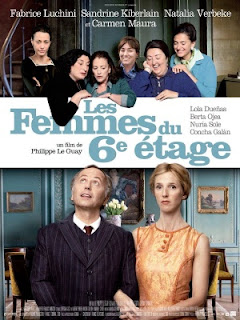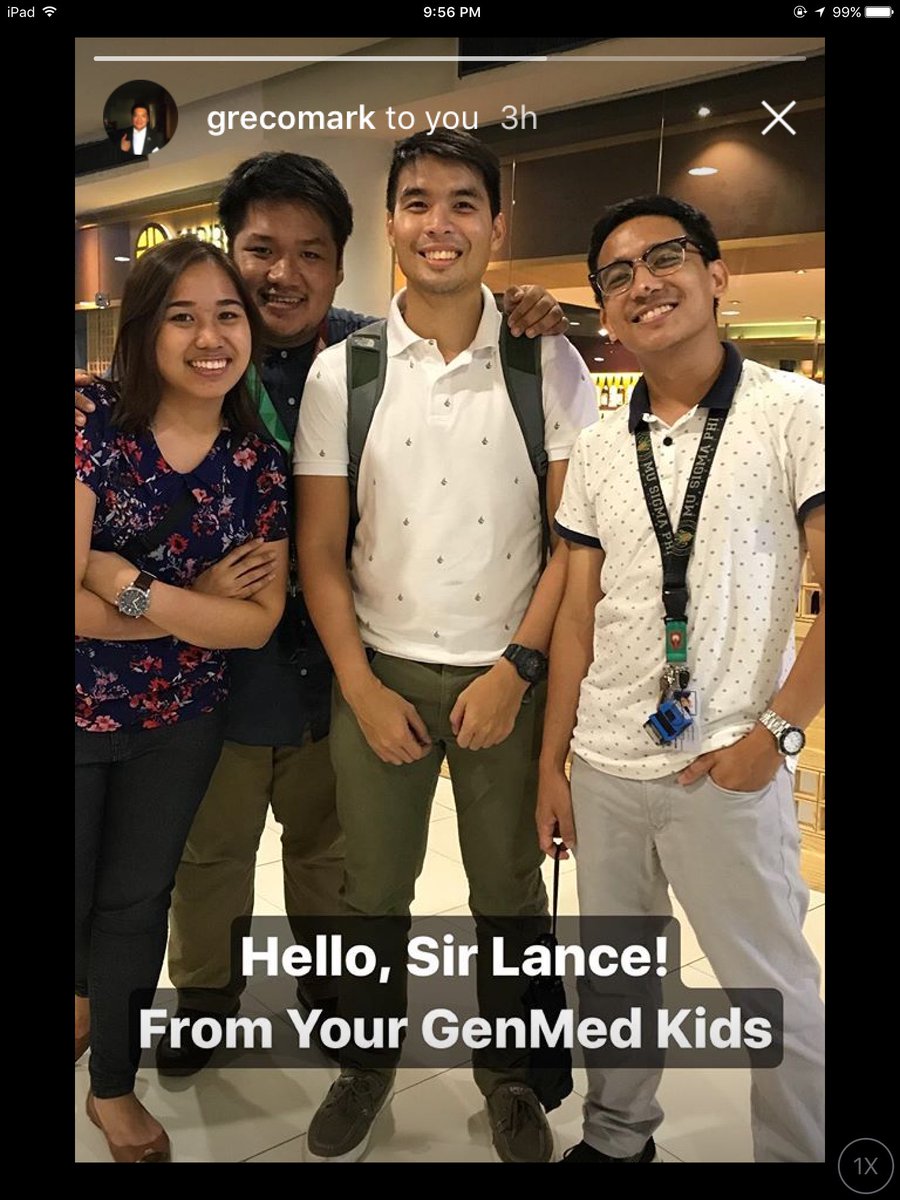Mema-reviews
L’Avenir (translated, “Things to Come”)
2016, directed by Mia Hansen-Løve
A philosophy professor divorces her husband, re-acquaints with her favorite student, and starts a new life during these transitions.
The French fascinate me in that they can be so detached and emotional at the same time, like the scene when Nathalie Chazeaux (Isabelle Huppert) learns of her husband’s infidelity. “I thought you’ve loved me forever,” Nathalie says to him, then she gets back to her classroom as if nothing had happened. No caterwauling, no slapping of the face—the suffering is subdued, hidden, and repressed. She takes time off to join her former student, now a courageous political writer, in the countryside. She sends her bipolar mother to a nursing home, as if to emphasize that the old has gone, the new has come. She brings her charming cat, Pandora, with her.
One can wish for better life for her as she starts anew.
Rating: 3.25/5
Elle
2016, directed by Paul Verhoeven
I don’t know what to make of the film exactly: a successful video game designer/entrepreneur (Isabelle Huppert—yes, yes, I’m a fan) gets raped by a man in mask. She learns that the rapist is her neighbor, and that the rape is a sexual acting out of sorts. Is it about women empowerment? Is it about sexual abuse? I honestly don’t know.
The film is much too graphic to recommend, but it serves as a reminder that beneath the mask of decent jobs and successful lives lies many dark secrets, many desires pent up, seeking escape.
Rating: 3/5
Les Femmes du 6ème étage (translated, “The Women on the 6th Floor”)
2010, directed by Philippe Le Guay
How I enjoyed this film! Monsieur Joubert (Fabrice Luchini), a successful stockbroker, lives on the 5th floor of an old but charming Paris apartment. On the 6th floor live the Spanish maids—rambunctious, guitar-playing middle-aged women, each with emotional and financial baggage of their own. Their living conditions couldn’t be more different. (They’re a lot like the Filipino domestic helpers in Hong Kong, off to another country to earn more so they can support their family.)
When Monsieur Joubert’s old maid resigns, Maria (Natalia Verbeke) is hired. She gets the job because she’s able to prepare the perfect eggs for breakfast—something that can make or break Monsieur Joubert’s day. Maria introduces her boss to the Spanish contingent upstairs. He learns that they don’t have washbasins, their rooms are too small, the plumbing is atrocious. Monsieur Joubert becomes their advocate, offering them his telephone so they can contact their family in Spain, joining them during Mass (a fact that the made-up French ladies find amusing), and bringing them to the countryside for an outing.
A story of love, family, and friendship, this film really made me happy.
Rating: 4.2/5
L'Arnacœur (translated, “Heartbreaker)
2010, directed by Pascal Chaumeil
Funny, but I can’t get over the diastema of the leading lady.
Rating: 2.75/5
My writing of these mema-reviews of French films has been inspired by Nico Pajes and Pao Cerrado, internists who double as fine cineastes. They should start their own blogs.
Mema is the truncated form of "May masabi lang."
Labels: film/music
















